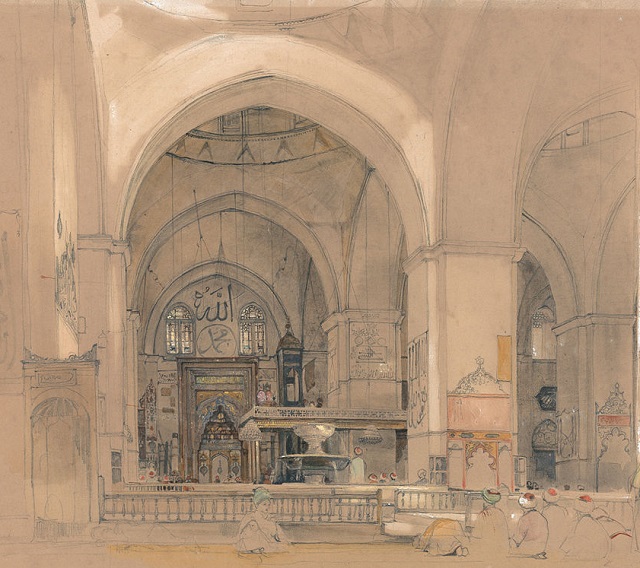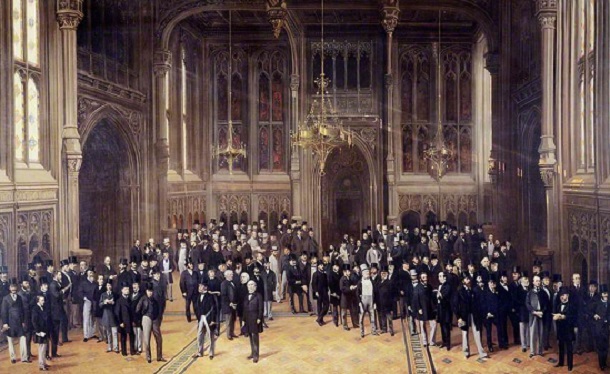Post 37 -by Gautam Shah (Blog 7 in lecture series Space and Human Behaviour)
.

Size and Shape of a space are two independent qualitative factors. A space can have many different shapes irrespective of the size, and so it is an absolute function. The size can manifest in many different forms but remains relative to the human body. The size makes a shape is relevant when it adequately relates to the human body, or it has only symbolic value.
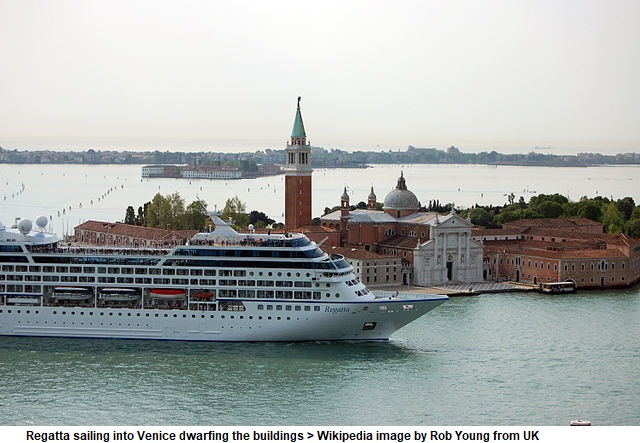
Shape and Size have concurrent spatial relevance. Spatial relevance is checked in terms of utility (functional adequacy), ergonomics requirements, past experiences and sensorial reach capacities. Shape is often equated with form. And if the ‘form follows the function’ then shape has purposes that are utilitarian, depictive or symbolic.
SHAPE of SPACE
Shapes of Spaces emerge due to the edges or barriers and stresses like gravity affecting the field. Our perception faculties are directional and nodal. Hearing and vision, are bi-nodal. Vision, smell and taste faculties are frontal, whereas touch is non-local. Faculties of perception and the shape of space have an immediate connection. Balanced or equilateral spaces, such as a square, round, or a triangle, are difficult to occupy at their nominal centres. For such balanced spaces, a non-centric location seems more efficient for occupation. A square or a circle subsist on their own and seem to survive in all types of conditions and times. Irregular shaped spaces need a strong orientation force to sustain the deviation.

Monuments designed for posterity (historic buildings, memorials), government buildings, institutions associated with discipline (army training, hospitals, research laboratories) overwhelmingly have cubical shapes or regular forms.
Closed in overhead forms like domes, pyramids, tents, etc. seem to provide greater cover and so protection compared to regular cubical or flat roofs. Sloped roofs and floors not only indicate an orientation but enforce concentration (or dissipation). Slopes indicate a gradual change and so have been used to tie up different domains. Stepped forms show a sequential change and mark different but connected domains. The nature of activities in a space help highlight or de-emphasize the shape. A spiral stair’s circular movement enhances its vertical scale, but a right or left turning spiral could, respectively, mean upward or downward movement orientation. Minarets and Gopuram narrowing skyward enhance the vertical direction.

Shapes like convex, concave or parabolic curvatures modify the movement. Planes that slope away or towards the user, mean opening or closing of the form. Right and left turns have culture specific relevance which may override presumed biological preferences.
Size is fundamentally scaled to the human being, but it also represents capacities of retaining, spreading and distancing. These capacities also reflect the effort and duration required to possess, occupy, use and even dispose off (de-possess, de-occupy) an entity.
British Parliament is an elongated rectangular with opposite benches, signifying one is either for the government (ruling party) or in opposition. Many other parliaments in multi party democracies have segmental circle forms, with speaker occupying the cut end. Equal participation seminars are held in square or circular rooms (an UN security council). One way affairs, like press conferences were once held at the smaller end of a rectangular room, but are now held with a wider end as backdrop to facilitate video shooting. Lectures, discourses are focussed to the speaker. Fashion shows use the long axis of a rectangular space to be with the spectators. Olympics’ main stadium is a multi game facility, where events like opening – closing ceremonies get a highly defined shape – form, but smaller items of athletics get a de-emphasized (nonspecific) a shape entity.
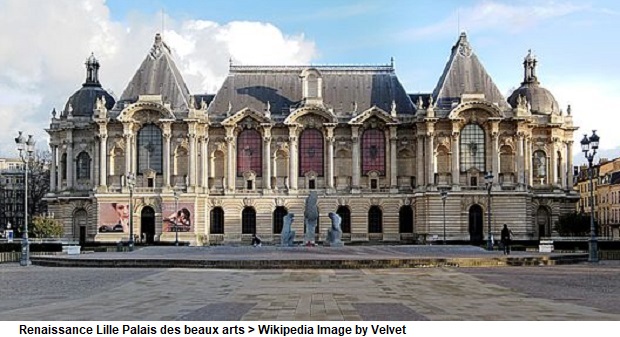
The shapes get corrupted through over-design and intensive occupation. In all architectural styles (Renaissance, Gothic, Byzantine, etc.), their end periods are marked by extensive transgressions out of their classical forms. In such extensively transgressed entities, size or shape are difficult to recognize.
Within a domain various shapes are formed to introduce interrelationships of proportions, analogy, sequencing, proximity, etc. Shape configurations are closed or open ended. Some show potential of growth through distension, others are open to attachments. The shape expansion is linear, planner or volumetric, and local, pervasive, directional or haphazard. A spatial shape reflects the constituent forces, so a shape could be changeable or consistent.
SIZE of SPACE
The size of a space is scaled to the body size of the occupants. Such scaling confers certain functionality to the space. The functions of space size include: nature of cognition, reach, communication, exchanges, levels of intimacy, loss of objectivity and subjective involvement. The size is seen as the facility of accommodation and also future potential for alternation, improvisation, and personalization. Sizes in neighbourhood spaces are perceived for recognition and reach to define the functional adequacy for interpersonal relationships and mutual relationship between spatial elements.
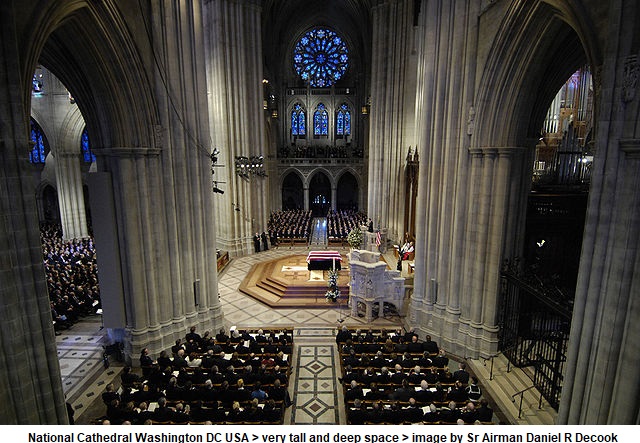
At Absolute level the size of a space is seen as the difference between the Length and Width and considered a narrow or wide entity. Height accentuates or de-emphasizes the character of narrowness or broadness of the space. The equality of Length and Width of space marks a balance. The orientation of smaller or larger size gives a feel of a deep and shallow space. The size differential also gives a sense of long vs short direction to the space.
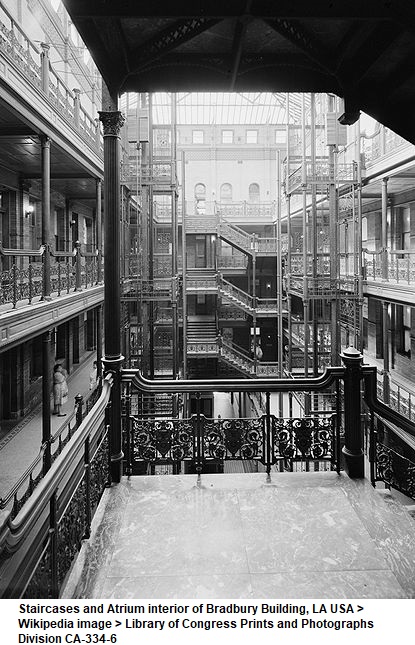
A space is perceived to be small, adequate or large in terms of various tasks, and in terms of responses it offers over such as echoes, reverberation, reflection, illumination, glare, vision. Same space may be seen to be of a different size depending on the recent experiences. Most people find hospital wards to be very strange (large). Occupation of domains with unusual proportions (combinations of lengths, widths, and height) and sizes require extra efforts of accommodation.

For a lay person, spaces within the known range (of recognition) are predictable and so manageable. The strangeness or alienation is reduced by introducing scalable elements such as repetitions, rhythmic evolution, structured patterning, sensory gradation, acceleration-de-acceleration, graduated changeovers, linkages, relationships through modulation and proportioning.
SPACE SHAPE-SIZES and DESIGN
Shapes, proportions, sizes and their placement and sequencing, are very important tools of space design. Designers, intentionally avoid as well as include such effects, but then surprises do occur. Spatial manipulations and surprises, both are further exploited by the users for individualization.

In a space entity peripheral zones represent the variations. These are marked with graduated as well as substantive changes of sizes. Within a space, the size (and thereby the proportions) changes provide variegated settings for different activities. Architectonic elements form static zones. Transient elements like environment form dynamic areas. Variability of segments of space is sometimes due to the processes of perception. Perception of space is due to past experiences, age, physiological condition and moods.
SMALL SPACES
Small spaces are small absolutely and relatively. A space is considered small if one, two, or all of its dimensions (Length, Width, Height) are small in comparison to the occupant’s body size and inadequate for task requirements. A space is considered small (narrow) if one of its horizontal-spread dimensions (either Length or Width) is proportionately smaller.
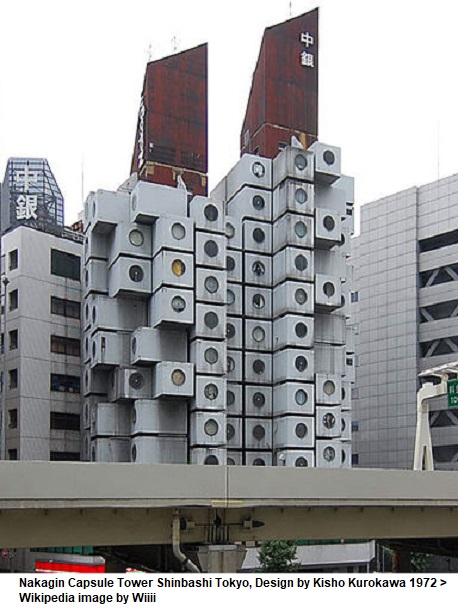


Small spaces are considered intimidating and claustrophobic because the core zone nearly embraces the entire space, leaving no or very small peripheral area. Such core zones touching the periphery are too susceptible to affectations from neighbouring domains. Small spaces evoke overwhelming power of the barriers, such as no echoes, or no depth for perspective perception.
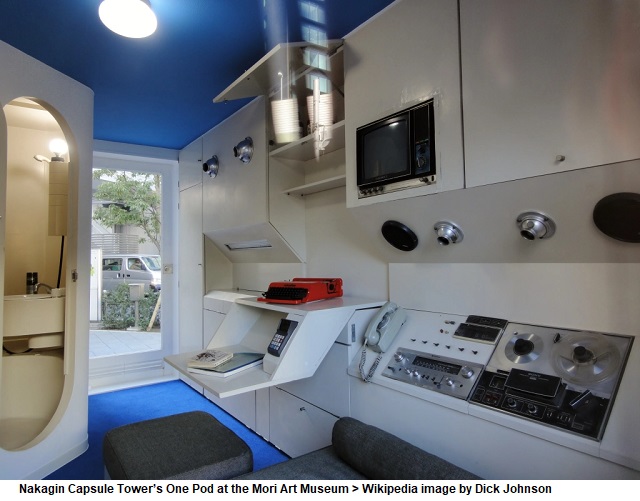
Small spaces are intimate and show good recognition. Small spaces aid intra-personal communication and exchanges. But very small spaces become too personal for reasonable for objective communication. Small spaces are acutely specific for one or few activities and so are manageable. Small spaces may be functionally adequate by themselves but do not permit even a temporary expansion of an activity. Small sub-space modules have a tendency to merge and form a larger system, as it saves estate wastage in peripheral zones. Small spaces bulge (transgress) out of peripheral zones.

LARGE SPACES
Large spaces have large core zones and equally large peripheral zones. Very large spaces have diffused or multiple cores. Diffused cores have poor recognition, communication and exchange capacity. In large spaces the distanced barriers are also less commanding for the quality of the core zone. A large space with fewer occupants may seem impersonal compared to small space, which in some way infuses intimacy. Large spaces allow individualization, but group formation becomes uncertain. Large spaces confer power to the individual who can own it and have the reach capacity to control it.

Amphi theatre performances require large frill dresses, loud dialogue delivery, spaced out movements -theatrics, real or make-believe sub-zoning of the stage. Large space audiences can be reached through public address system, a large podium, stage setting, colour-light highlighting, etc. People in large spaces like airports and marriage halls reach out to others through wild gestures, shouting etc.

Large spaces seem alien as the peripheral zones are too varied and segmented making the edges less definitive. Occupation of large spaces is a challenging act. One needs to find points for anchorage, a direction for orientation, presence of other human being (or an animal like a dog) for confirmation, and a ready strategy for exit in any exigency.

NARROW SPACES
Narrow spaces have one of the floor dimensions (width or length) proportionately smaller. Spaces with a strong linear (directional) character seem narrower. Narrow spaces are functionally single-purpose entities, such as stairs, passages, roads, corridors, etc. Narrow spaces discipline the movement. The functional inadequacy of narrow spaces could also be physical, a carryover of the past experiences or a psychological condition. Taller spaces often seem narrower compared to a shallow or low height space, with the same floor spread. Narrow spaces have domineering effect of the side barriers, more so if these are opaque that is without any break or transgression.
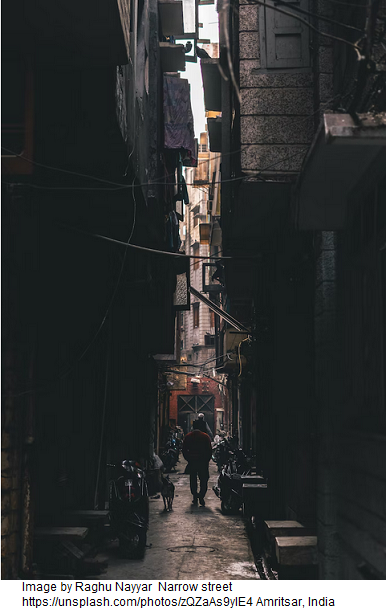
Narrow spaces allow formation of small groups. Linear distance among the groups increases the privacy and intimacy. Narrow spaces may have multi-core zones due to the specific conditions available locally, such as near the doors, windows, columns, corners, benches, niches, public address systems, focussed illumination spots, air movement-delivery and ventilation nodes (fans, air conditioners, heaters), stair entrances, junctions (cross corridors, floor cutouts), signboards, parapets, ash trays, etc. Narrow spaces in their longer direction are leading and focussing, and in the shorter direction are diffusive and non-attentive. Art galleries are designed to be linear spaces as the exhibits are smaller, but master pieces in museums are placed in halls, for distance viewing. The hall of mirrors, Versailles is a classic example of long space; opaque on one side and fully windowed on the other side.

WIDE SPACES
Wide space is very ambiguous a term. All large sized spaces are also wide spaces, because here both dimensions are functionally more than adequate. A corridor is long (so essentially narrow) element, but could have generous width, making it a wide lobby or a hall. A space seems wider if it is less occupied and sparingly furnished (a vacant hall). Shallow spaces (low height) seem wider and larger. Wide spaces have distanced barriers and so mid space elements like columns, central furniture pieces, floor cut outs, etc. gain importance. A space may seem wide, if its barriers are non opaque, allowing vision, movement, etc. across it. Wide spaces allow group formation. Individuals and groups have intimacy and privacy due to inter group distancing. Wide spaces, if adequately dimensioned permit sub-core activities near their peripheries.

.TALL AND DEEP SPACES
A Tall is a ‘height’ identity and Deep is frontal distance distinction. In both the cases the side barriers have a strong impress that often restricts, or affects the apparent size perception. Tall and deep spaces acutely reveal their functionality. Chowks, cutouts, light wells, stair wells, under sides of domes, etc. are directional (vertically stretched) and static (non changing) spaces. These are considered ideal for non diversionary activities like study, meditation and prayer. Exhibitions, museums emulate this effect, by spot lighting the displayed items. Tall and deep spaces restrict the transmission of background noise (nearly absorb all the reflected sound, allowing only the direct waves).

SIZE-SHAPE and REACH in SPACE
Reach is an important determinant of how a space is sensed to be, large or small. Reach in a space relates to not only the distance one needs to transit, to perceive or wrest an object, but also command over happenings within the space. The command in space manifests through visual coverage, audibility, olfactory distinction, tastes sensation, etc. Reach in space occurs through bridging of nodes such as the architectural elements, amenities and facilities within the space. It also occurs through associations (confirming or contrasting) between surfaces, forms and patterns, environmental conditions, sizes and proportional hierarchies.

.
This is the SEVENTH lecture in the series Space and Human Behaviour for Winter semester, 2017, at Faculty of Design, CEPT University, Ahmedabad, India.
.





